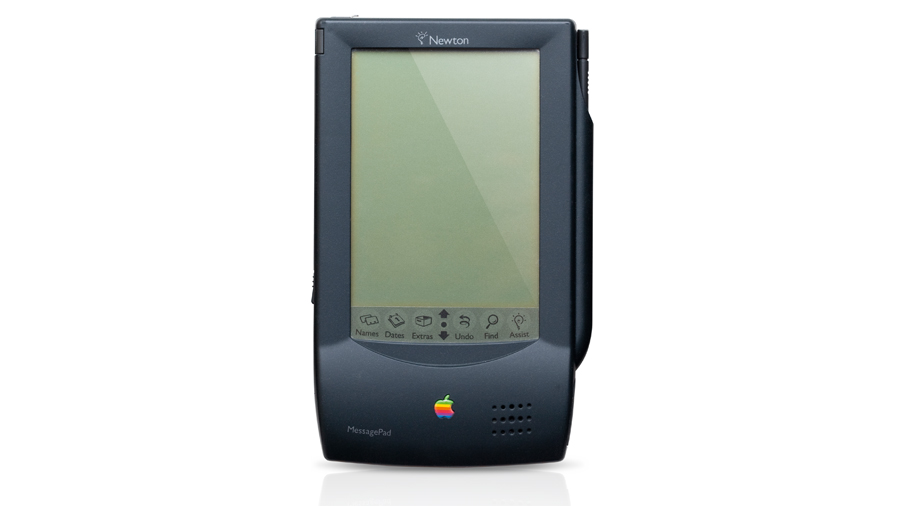Don't look Mac in anger: 20 years of change for Apple
The highs and lows of the the most powerful tech company in the world

In 1993, Future Publishing (which also publishes TechRadar) launched MacFormat magazine. There were lots of good reasons to launch an Apple magazine back then. In retrospect, though, MacFormat was launched just as Apple was about to enter one of the most confused, creatively bankrupt and turgid periods of its history.
These were the infamous years exemplified by CEO Gil Amelio. Though Amelio did some good stuff at Apple - not least buying ousted co-founder Steve Jobs' NeXT, which became the foundation of OS X - the mid-90s were worrying days for Apple.
The habit of never mentioning Apple without the prefix 'beleagured' began at this time, and it's easy to see why. Not only was its share price suffering - by October of 1993, it dropped to a third of the value it had started the year with - but this period saw the Mac line-up balloon in complexity.
This was also the time when PCs started to actually get good. The release of Windows 95 that year was a genuine catalyst for change, however much we might complain that it copied Mac OS. Worse, Macs started to fall behind in power, but much more fatally they began to lose the magic that differentiated them from beige Wintel boxes.
Then came the G3 chip, and Apple got some attitude again. It was soon followed by the iMac, and we could all see that Apple was back.
We want to show how Apple's products, its attitudes and its fortunes have changed in the 20 years that MacFormat has been here to cover them, so we've picked some things that exemplify these shifts.
It's by no means a definitive history of Apple since 1993. Rather, it's a selective look back at 11 things that for us represent how the slick, powerful and successful company we know today came to be.
Sign up for breaking news, reviews, opinion, top tech deals, and more.
1. Newton MessagePad
Apple's original tablet computer (prototypes notwithstanding) was introduced the same year MacFormat launched. You might be tempted to point and giggle at its monochrome screen, its heft, its stylus even, and scoff at how primitive it looks next to the iPad mini. But the whole Newton system wasn't just prescient, it was ahead of its time. Even today it's still a delightful, characterful thing to use.
2. iPad mini

It's amazing to see how far technology has come in just two decades. It's not only the obvious stuff, either; Wi-Fi, cameras, battery capacities, materials technologies, the internet - all have either improved almost beyond recognition or were unheard of in 1993.
The biggest expansion storage card you could add to a MessagePad at the time was 4MB - over 4,000 times less than even the smallest iPad mini. That might become less relevant in another 20 years as we move to cloud storage.
What's the best cloud storage? We pit Dropbox vs SkyDrive vs Google Drive vs iCloud
3. Apple peripherals

Now that Apple has a pretty tight focus on its products, it's easy to forget that it once made a wide range of traditional computer peripherals. Well, we say Apple made them, but it often just slapped on a logo.
For example, the first consumer digital camera, 1994's QuickTake 100, was actually made by Kodak, while Fujifilm made the QuickTake 200. For inkjet printers, Apple partnered with Canon initially, though the Color StyleWriter 4500, with its separate tri-colour and black cartidges, was made by Hewlett Packard.
4. ClarisWorks

We've included ClarisWorks here mostly so that Mac users of a certain vintage among us can go a bit dewey-eyed and distant as we lovingly reminisce. This was Apple's office suite, the spiritual ancestor of iWork, and it's held in a position of great affection by many people.
It was actually remarkably rich and capable. For example, you could mix elements from the different modules with comparative ease, pasting something from the drawing module onto a database, say. And do you remember Publish and Subscribe? It let you place a live document inside another, keeping it up to date when it changed.